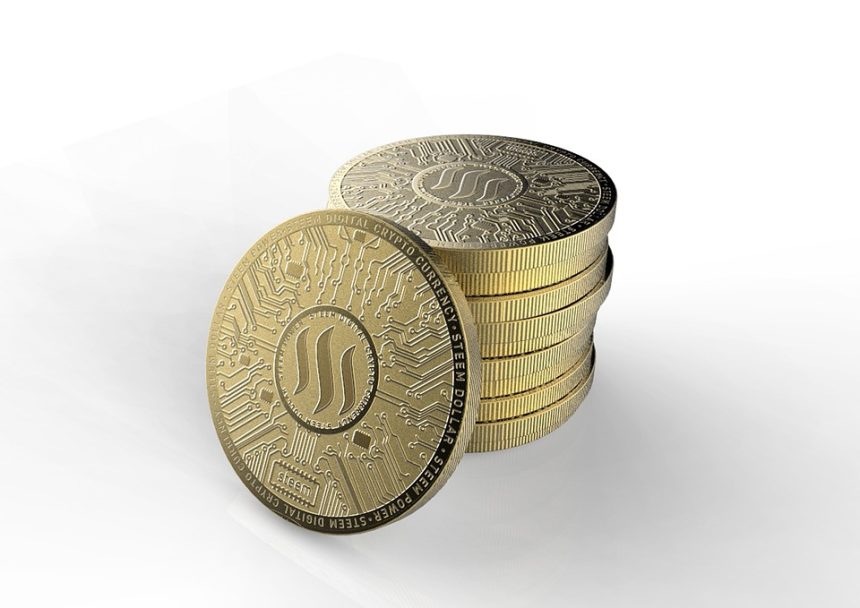The financial landscape is undergoing a seismic transformation, driven by the rise of cryptocurrencies and blockchain technology. As traditional banking systems face challenges and new economic paradigms emerge, crypto trading has become an increasingly attractive option for both seasoned investors and novices alike. If you are curious about diving into this dynamic world, this guide will outline the essential steps to get started with crypto trading and highlight the trends that shape the future of finance.
Understanding Cryptocurrencies
Before stepping into the realm of crypto trading, it’s crucial to understand what cryptocurrencies are. Cryptocurrencies are digital or virtual currencies that utilize cryptography for security. They are decentralized and typically built on blockchain technology, which is a distributed ledger that records all transactions across a network of computers.
Bitcoin, Ethereum, Ripple, and many altcoins have garnered significant attention, but there are thousands of cryptocurrencies available today. Each serves different purposes and has unique applications, making it important to research and understand the assets you want to trade.
The Importance of Education
The first step in your crypto trading journey is education. The volatile nature of cryptocurrency markets means that knowledge is your best ally. Start by familiarizing yourself with key concepts such as:
-
Blockchain Technology: Understand how blockchain works and its implications for various sectors beyond finance, including supply chain, healthcare, and voting systems.
-
Different Types of Cryptocurrencies: Learn about the major cryptocurrencies and their use cases, as well as how to identify emerging projects with potential.
-
Trading Terminology: Familiarize yourself with key trading terms such as wallets, exchanges, market orders, and candlestick charts.
- Market Trends: Stay updated on market trends, news, regulations, and technological advancements that can impact cryptocurrency prices.
Choosing the Right Exchange
Once you feel sufficiently educated, the next step is to choose a reputable cryptocurrency exchange. An exchange acts as a platform for buying, selling, and trading cryptocurrencies. Look for the following features:
- Security: Choose an exchange with a solid reputation for security. Look for two-factor authentication (2FA) and cold storage options for your assets.
- User Interface: A user-friendly interface can make a significant difference, especially for beginners. Some exchanges offer demo accounts for practice trading.
- Fees: Be aware of the trading fees, deposit and withdrawal fees, and whether there are any hidden costs.
- Available Cryptos: Ensure the exchange supports a wide range of cryptocurrencies, so you have ample trading options.
Popular exchanges include Coinbase, Binance, Kraken, and Gemini, each catering to different user needs and preferences.
Setting Up a Wallet
After selecting an exchange, setting up a digital wallet is essential. Unlike traditional banking, cryptocurrencies are stored in digital wallets. There are two primary types of wallets:
-
Hot Wallets: These are online wallets connected to the internet and are user-friendly, making them convenient for trading. However, they are more susceptible to hacks.
- Cold Wallets: These wallets are offline and provide enhanced security for your assets. Hardware wallets like Ledger and Trezor are popular choices for long-term storage.
For regular traders, combining both hot and cold wallets can provide a balance between convenience and security.
Trading Strategies
To succeed in crypto trading, it’s vital to implement a well-defined trading strategy:
-
Technical Analysis: Study price charts and market data to identify trends and make informed predictions about future price movements.
-
Fundamental Analysis: Analyze economic indicators, project fundamentals, and news events to assess the potential value of cryptocurrencies.
-
Risk Management: Set clear parameters for your investments, including stop-loss orders to limit potential losses. Never invest money you can’t afford to lose.
- Diversification: Spread your investments across multiple cryptocurrencies to mitigate risk.
Fostering a Long-Term Mindset
While some traders seek quick profits through day trading, a long-term investment approach may yield more meaningful results. Many industry experts recommend holding cryptocurrencies for the long haul, particularly high-quality projects with solid fundamentals. This “HODL” mindset, originating from a misspelling of “hold,” has become a mantra among cryptocurrency enthusiasts.
Staying Informed and Engaged
The cryptocurrency space is evolving rapidly, with new technologies, regulatory developments, and market dynamics emerging regularly. Engaging with online communities, forums, and social media channels can help you stay informed and learn from other traders’ experiences. Websites like CoinDesk, CoinTelegraph, and Reddit’s r/CryptoCurrency are valuable resources.
Conclusion
Entering the world of crypto trading can seem daunting, but with the right education, resources, and strategy, anyone can navigate this exciting financial frontier. As cryptocurrencies reshape our view of money and investment, now is the time to explore the myriad opportunities they present. Remember, while the potential for profit in crypto trading is significant, the risks are equally high. Approach this venture with diligence, patience, and a commitment to continuous learning, and you could be well-positioned to take advantage of the future of finance.





